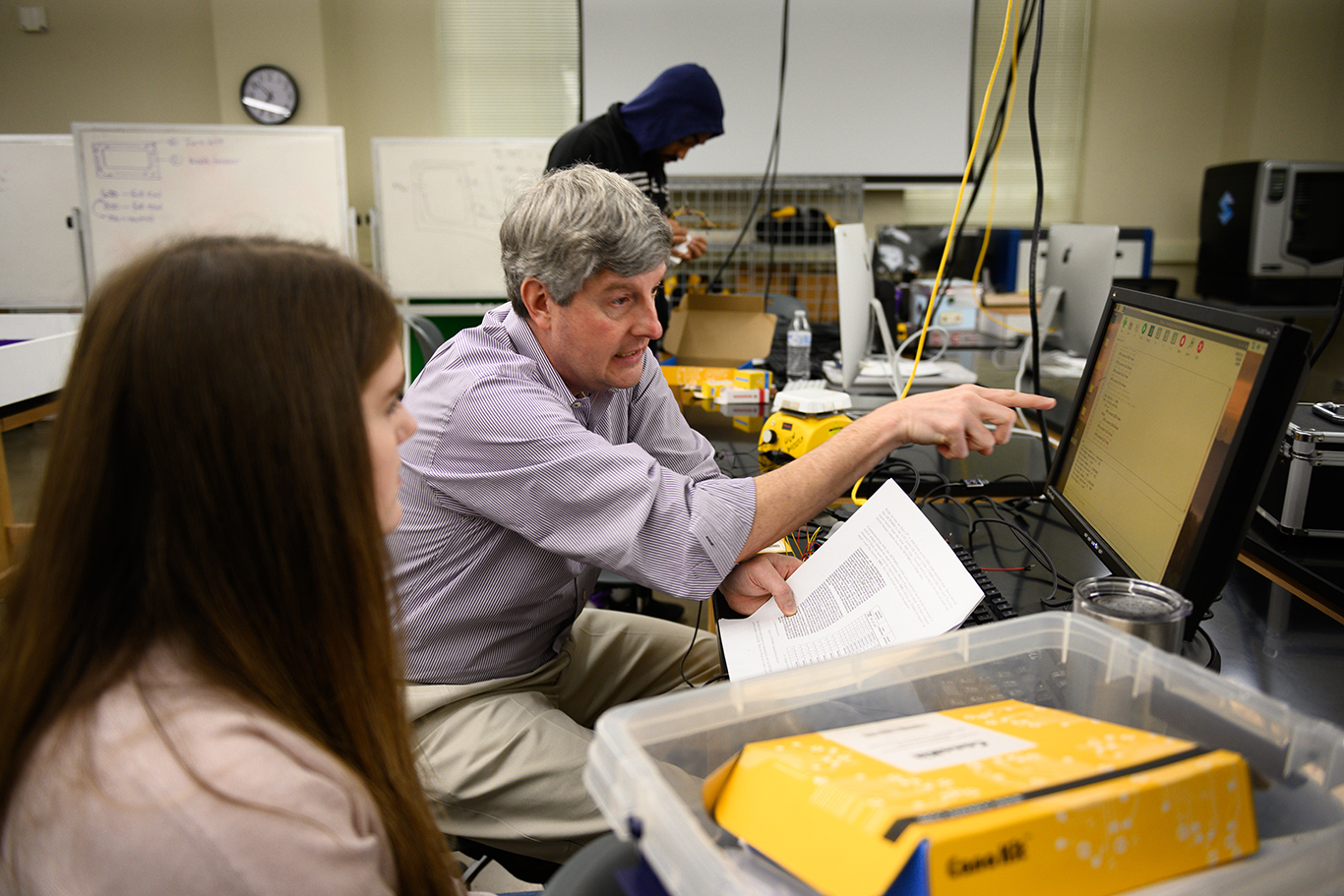In a groundbreaking discovery, National Geographic Explorer Rosser and his team have demonstrated how hybridization can lead to the formation of new species. The study reveals that two parental species of H. elevatus had remained distinct for millions of years until around 180,000 years ago when a DNA mix occurred during a biodiversity refugium in the Amazonian rainforest, which was happening during a global ice age.
The search for an animal species that is the result of two parental species combining genomes has been inconclusive until now, with the discovery of the hybrid species and its two parental species still thriving in the rainforests of South America. If mules were able to reproduce, they could be considered a “hybrid species”, but that has not been the case.
Both the hybrid species and its parental species, including H. elevatus which is known for flying in the canopy, can be found in the South American rainforests. David Lohman, a professor at the City College of New York who was not involved in the study, praises the research for demonstrating a natural situation that has been theorized but seldom proven. Lohman is a part of a team that recently created the most comprehensive butterfly tree of life.
Heliconius butterflies are unique in that they consume flower pollen to synthesize cyanogenic glycosides, making them distasteful to predators. They display bright, high-contrast aposematic coloration as a warning signal, indicating their unpalatability to potential threats. The discovery of this hybrid species highlights the importance of understanding natural processes and how they can lead to new and diverse life forms on Earth.



